The Tsavo National Park in Kenya is a vast area covering approximately 23,000 square kilometers, divided into two national parks: Tsavo East and Tsavo West. They are separated by the A109 road and the railway line from Mombasa to Nairobi. Both places are characterized by wild nature, bushland, acacia forests, and diverse ecosystems.
Tsavo East is the largest national park in Kenya, covering a whopping 13,747 square kilometers. Today, I invite you to explore Tsavo West, the second-largest national park in Kenya. The park is known for its lava, springs, and breathtaking sunsets. As mentioned in the title, you can spot Africa’s Big Five here encompasses five species of large mammals: elephant, black rhinoceros, lion, buffalo, and leopard.
Table of Contents
Tsavo West National Park
Tsavo West National Park covers an area of 9,065 square kilometers. As mentioned in the introduction, it is separated from the neighboring Tsavo East Park by the A109 Nairobi-Mombasa road and the railway line. Tsavo West is somewhat less popular due to its diverse, sometimes rugged landscapes, Mzima Springs, rich biodiversity (not every park offers the Chance to see the Big Five), rhino sanctuary, famous lava flows, and guided walking opportunities. Of course, these are not the only reasons. ? Here, you will also find red soil and red roads. However, compared to Amboseli National Park, spotting animals here can be more challenging due to the dense thickets and numerous trees. Additionally, the park’s surface area is larger.
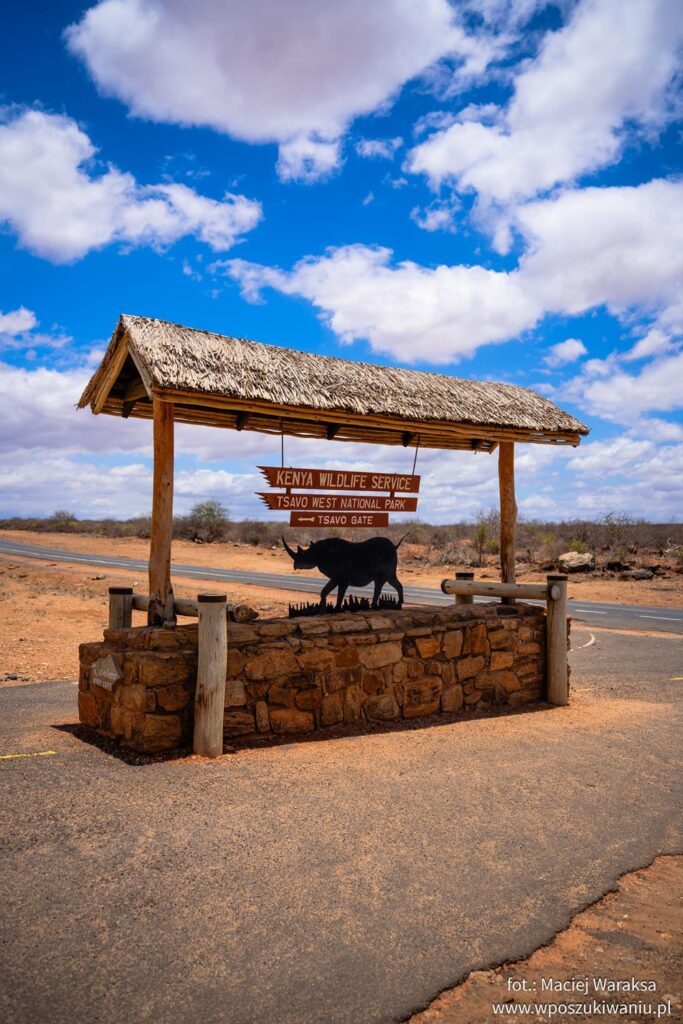
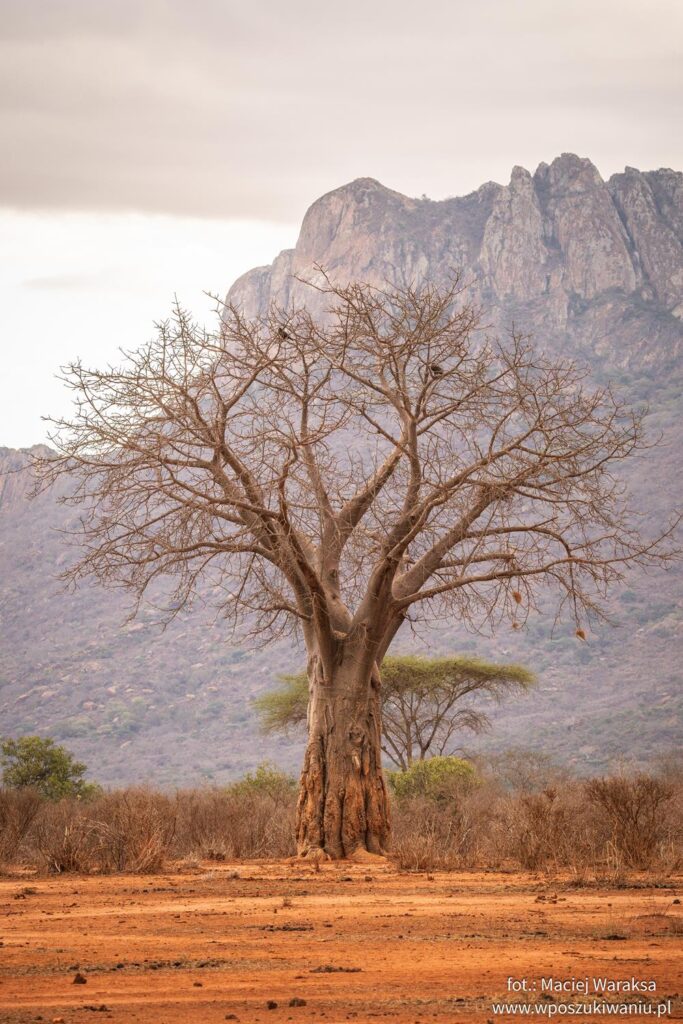
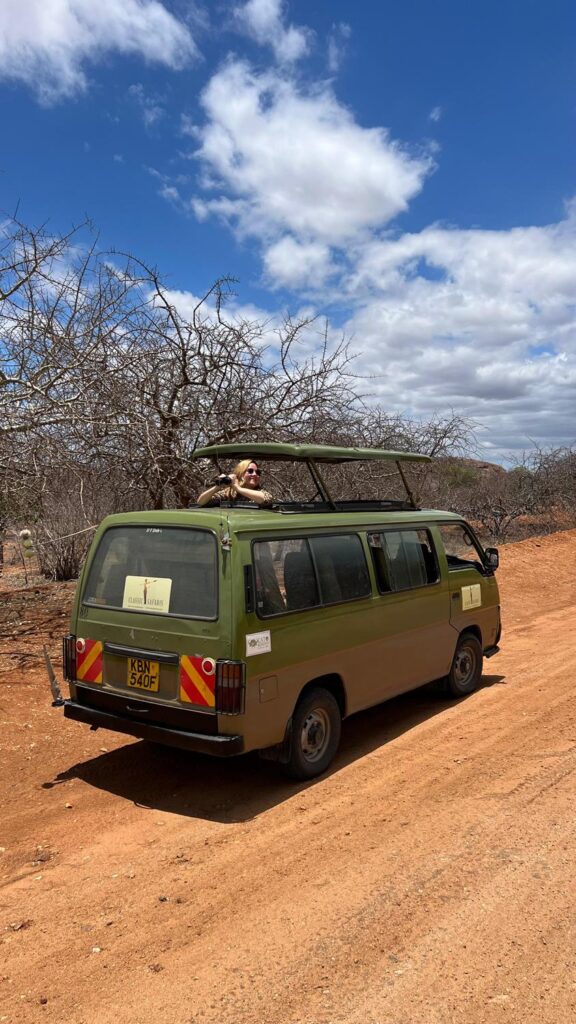
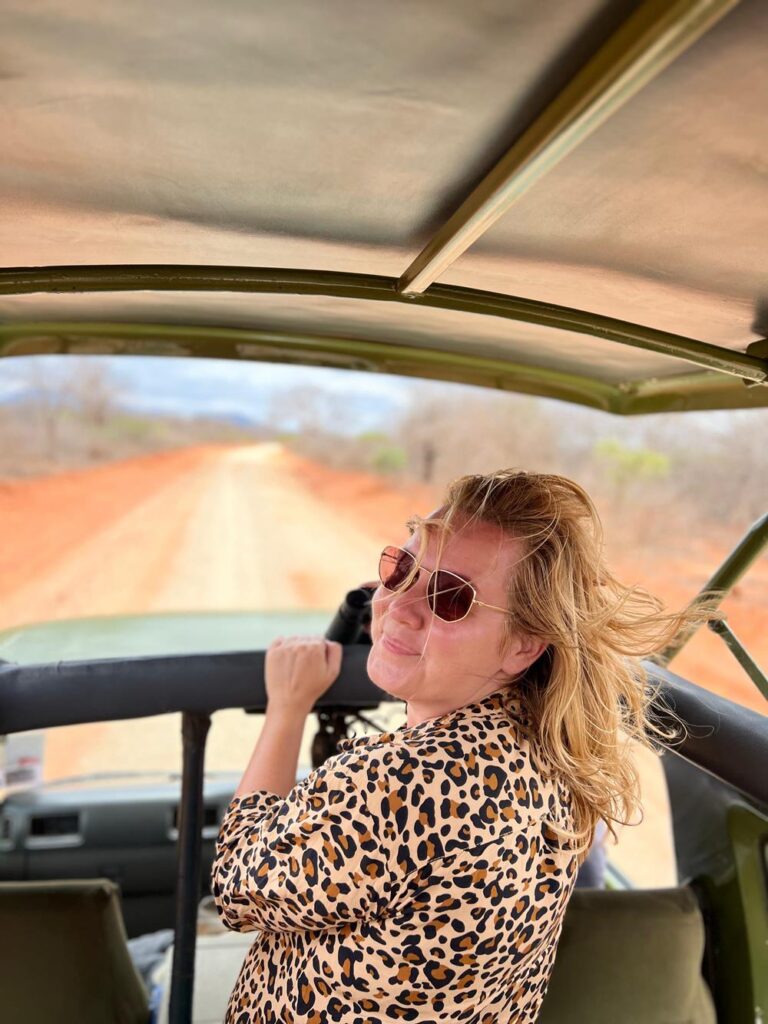
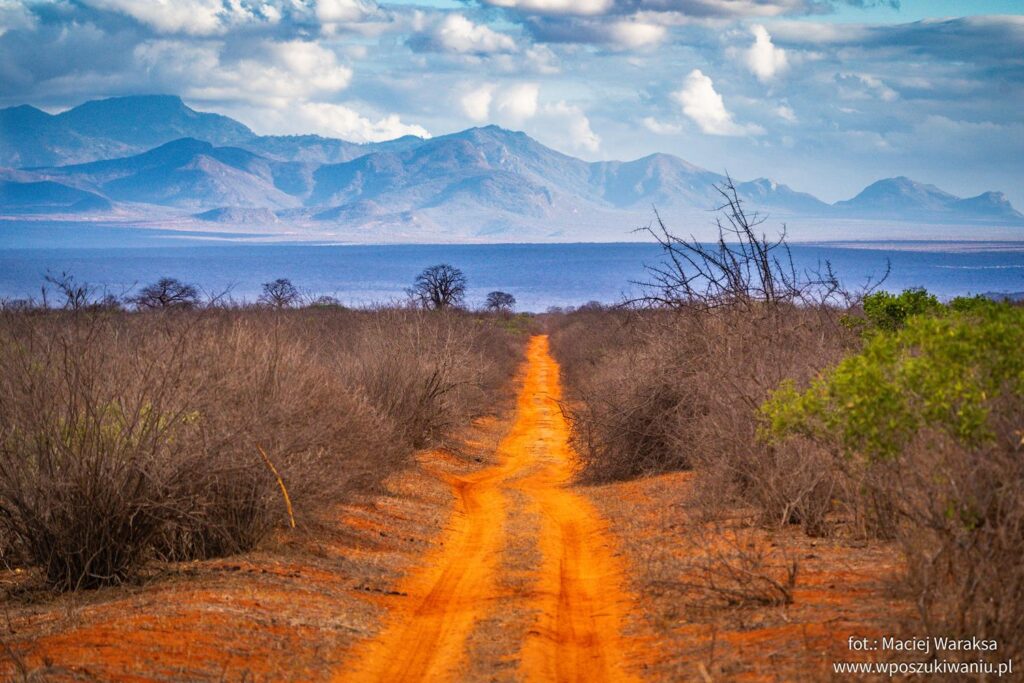
Animals in the park
The Tsavo West National Park is home to numerous species of wild animals, including black rhinoceros, hippos, buffalo, elephants, leopards, and lions. Additionally, you can encounter creatures such as zebras, Masai giraffes, dik-diks, and more in the park. One important thing to know is that the rhino sanctuary can be visited during specific hours under protection. There is no other option – rhinos are still hunted for their horns.
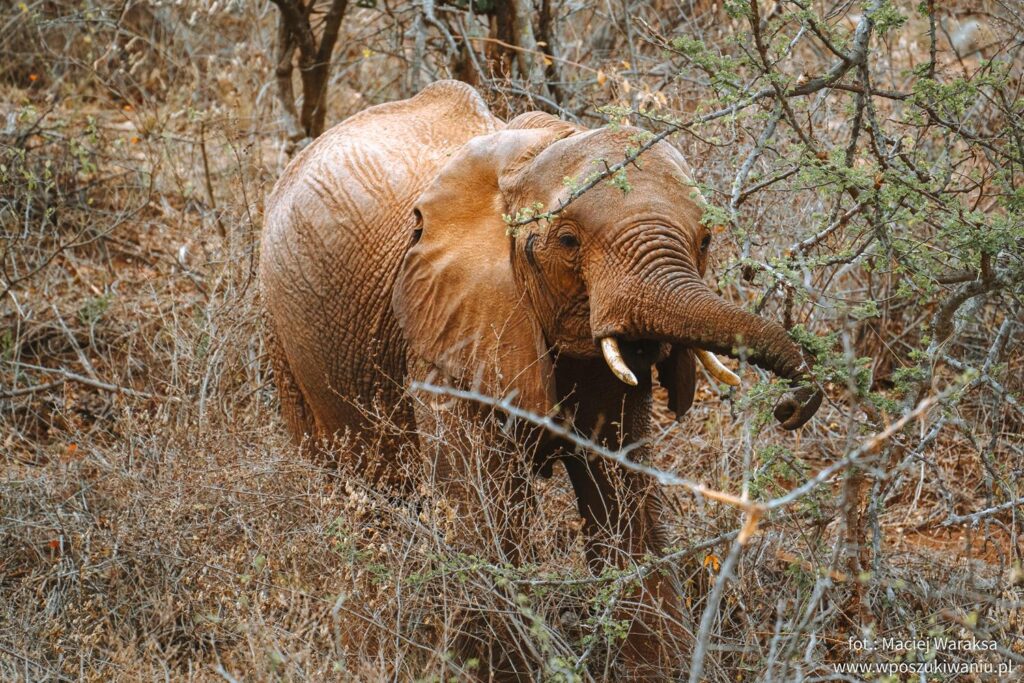
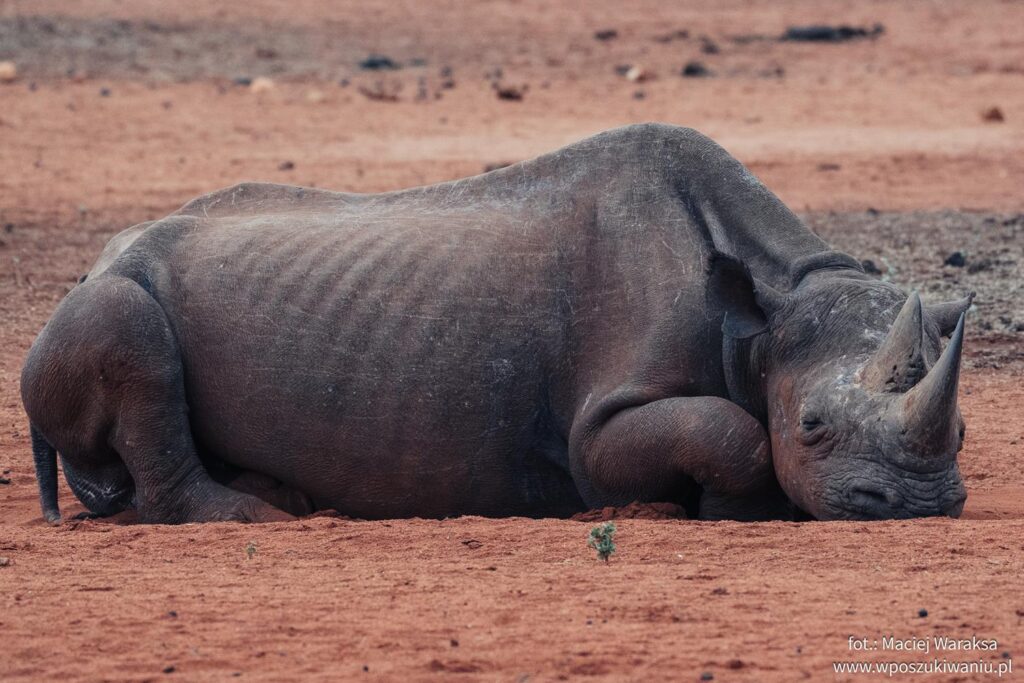
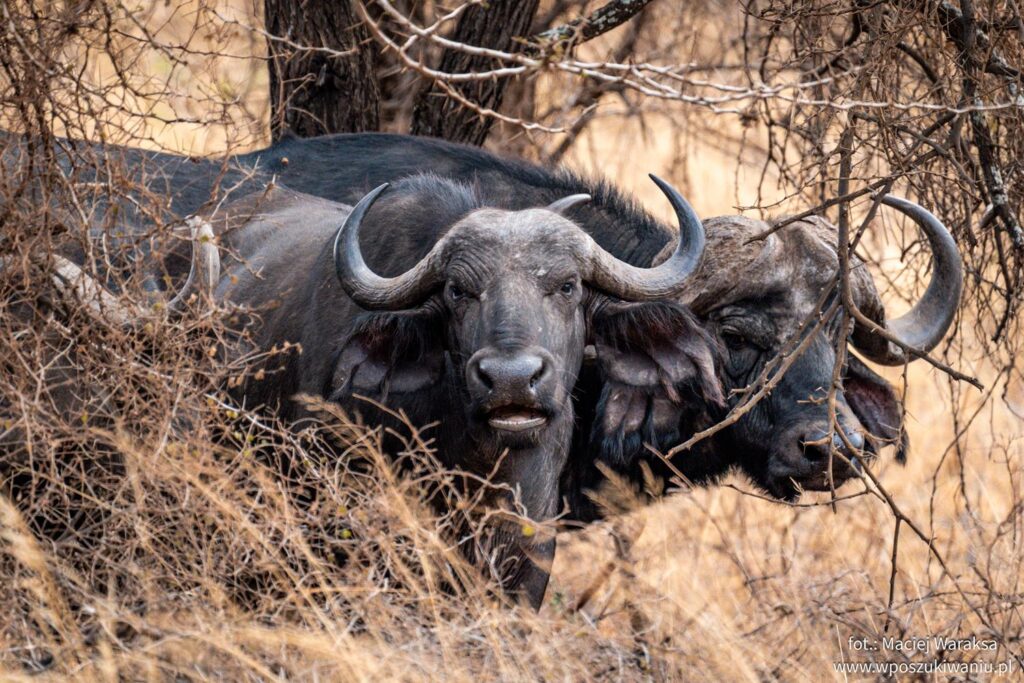
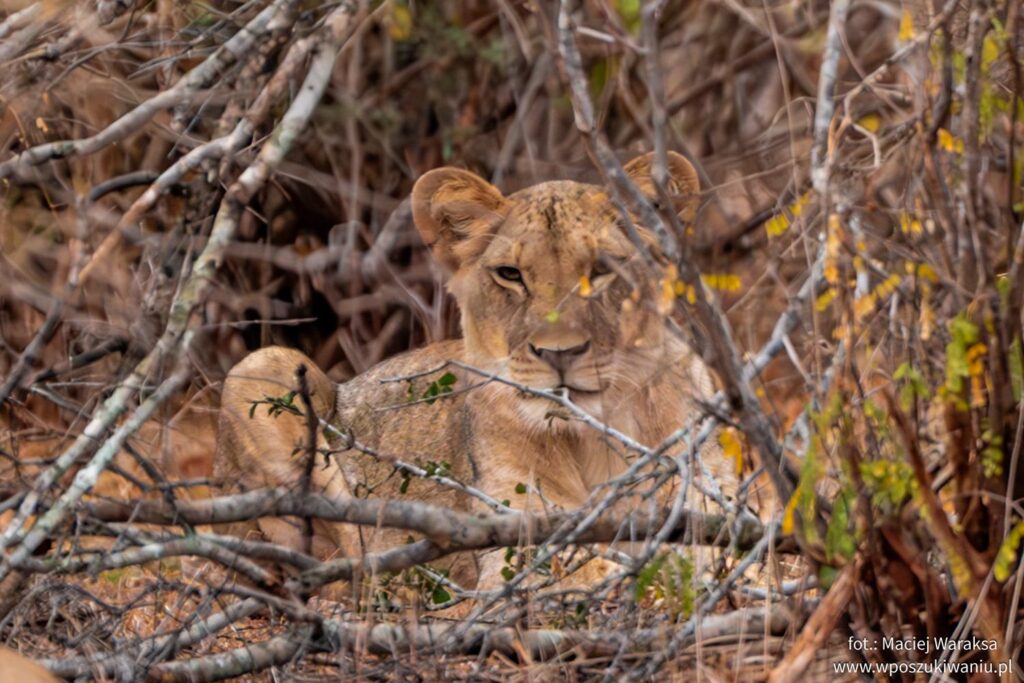
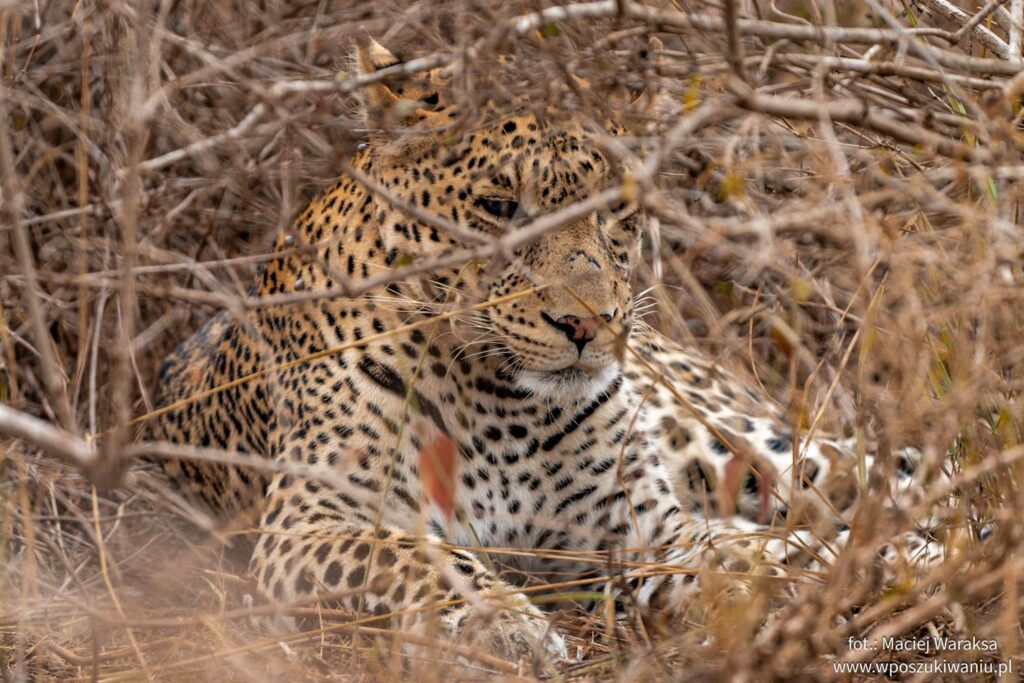
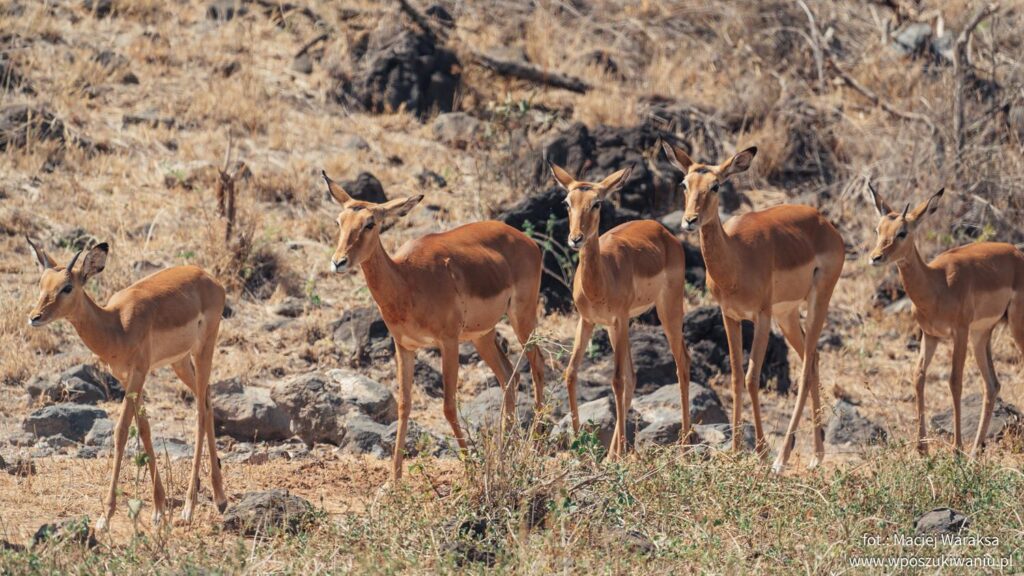
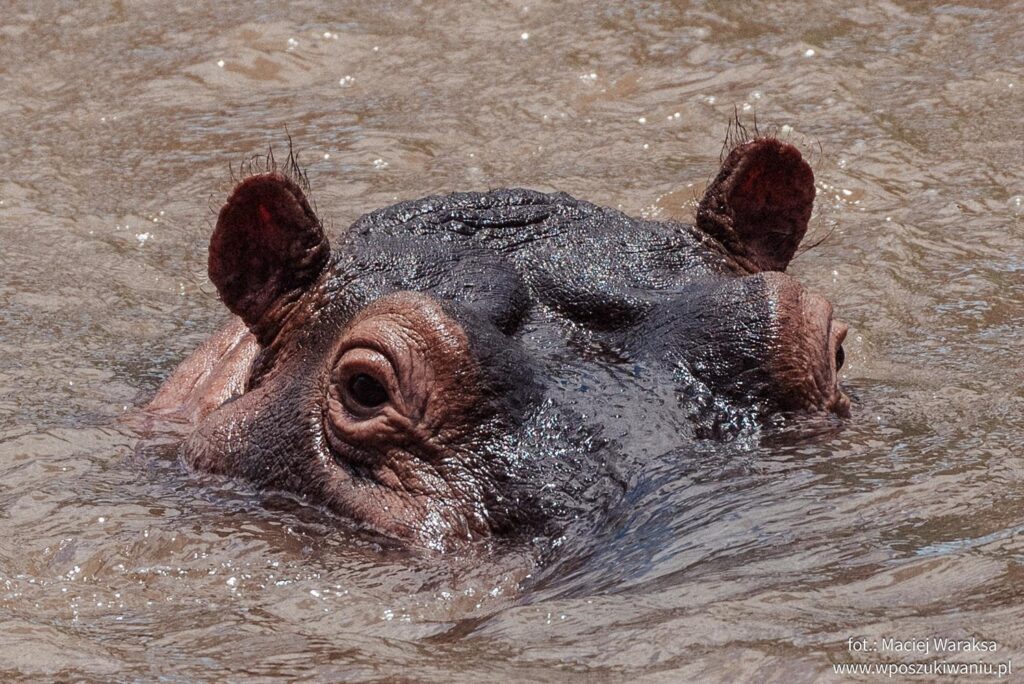
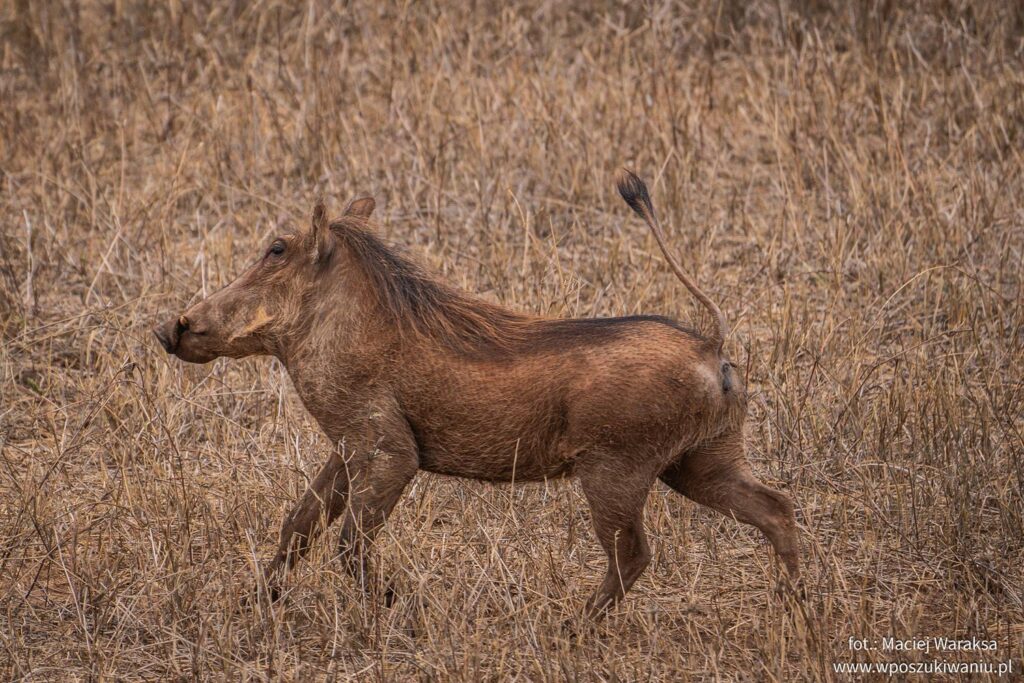
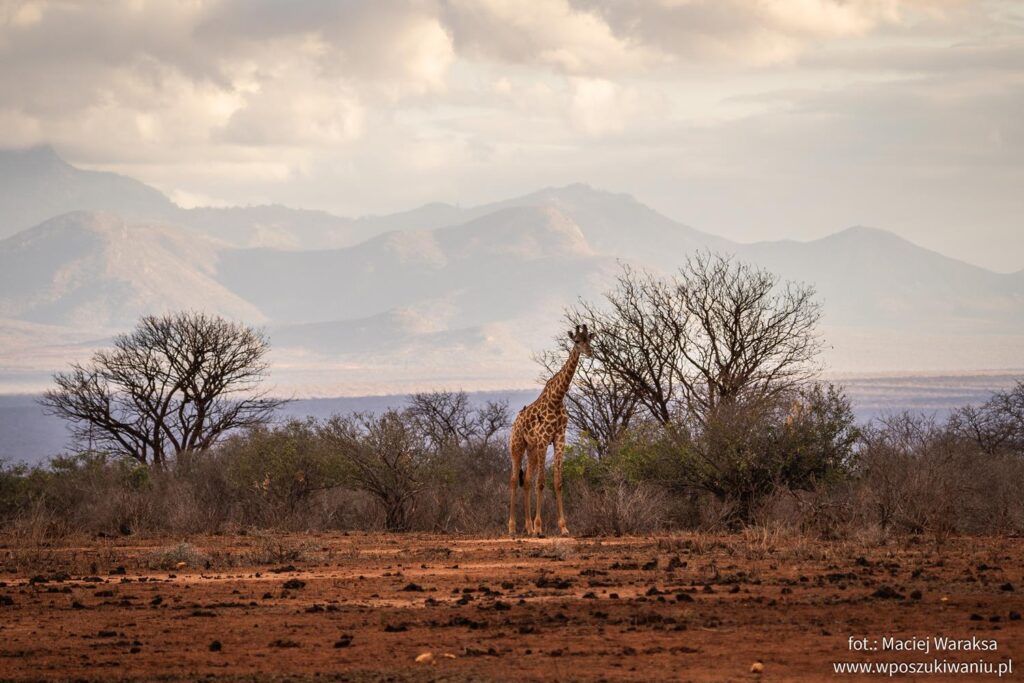
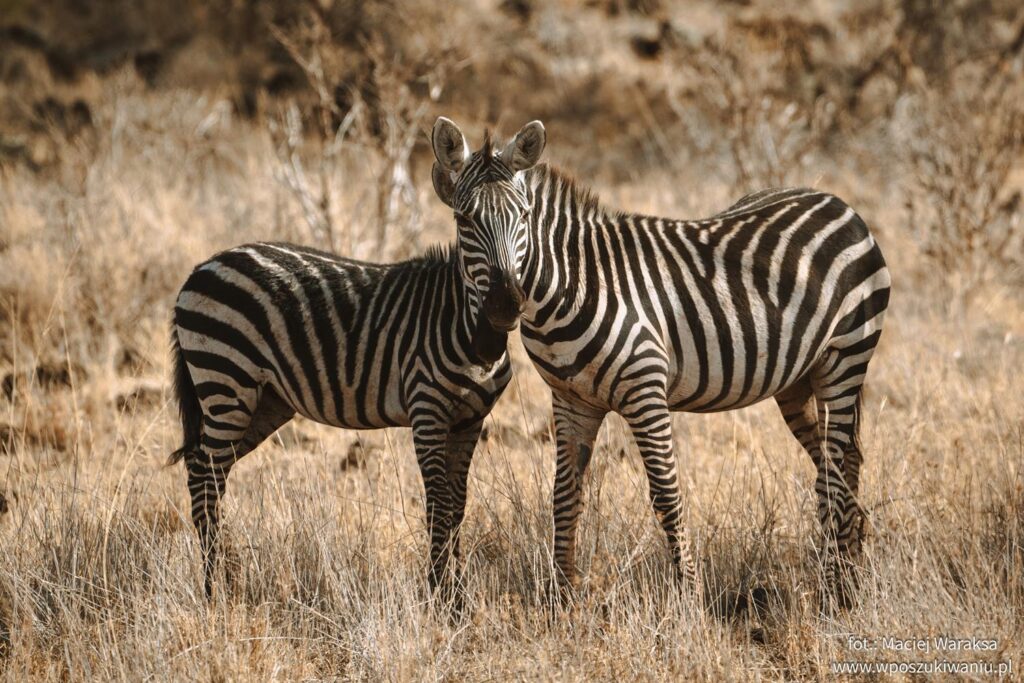
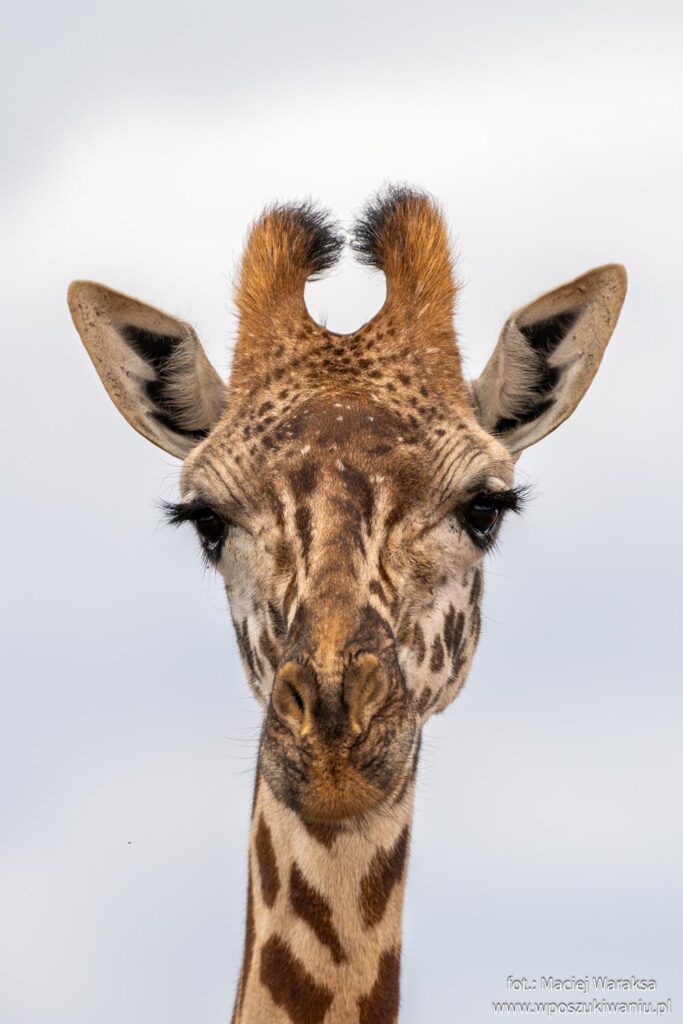
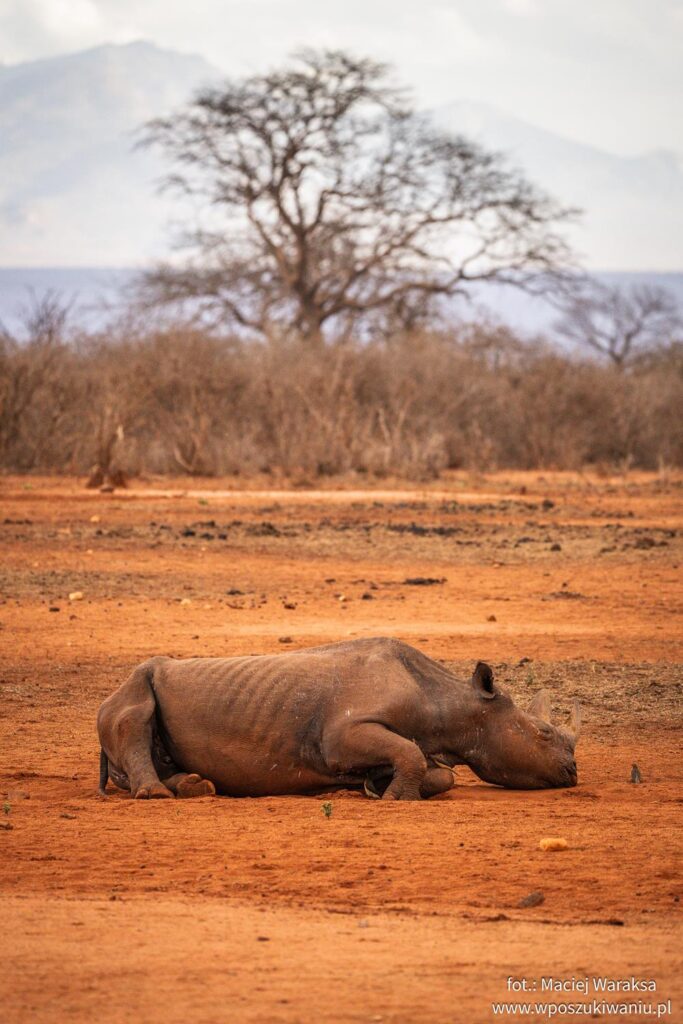
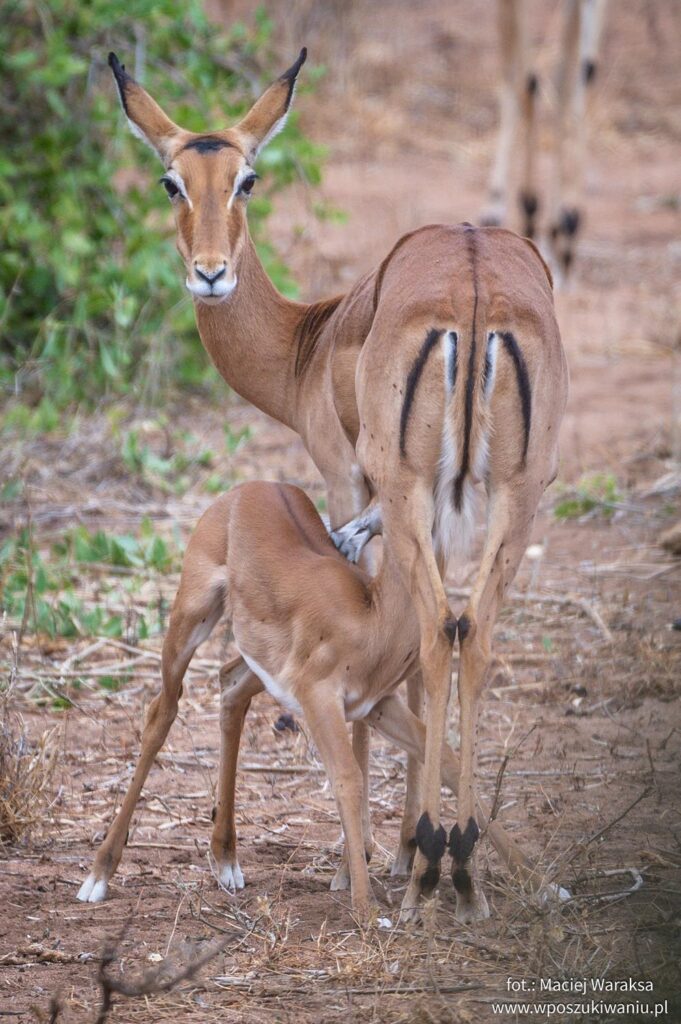
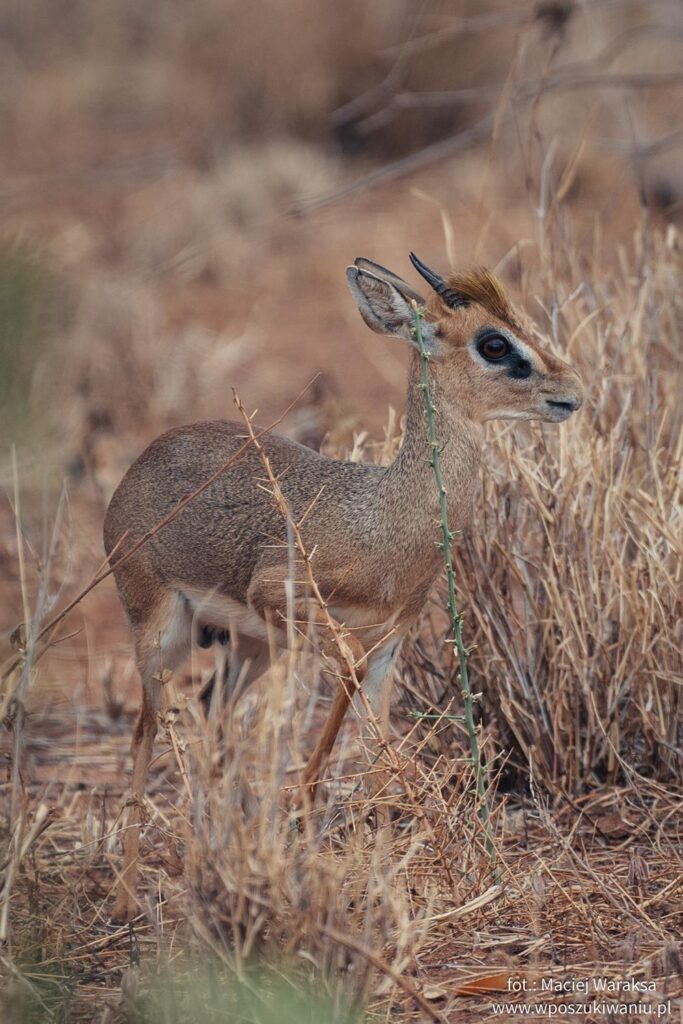
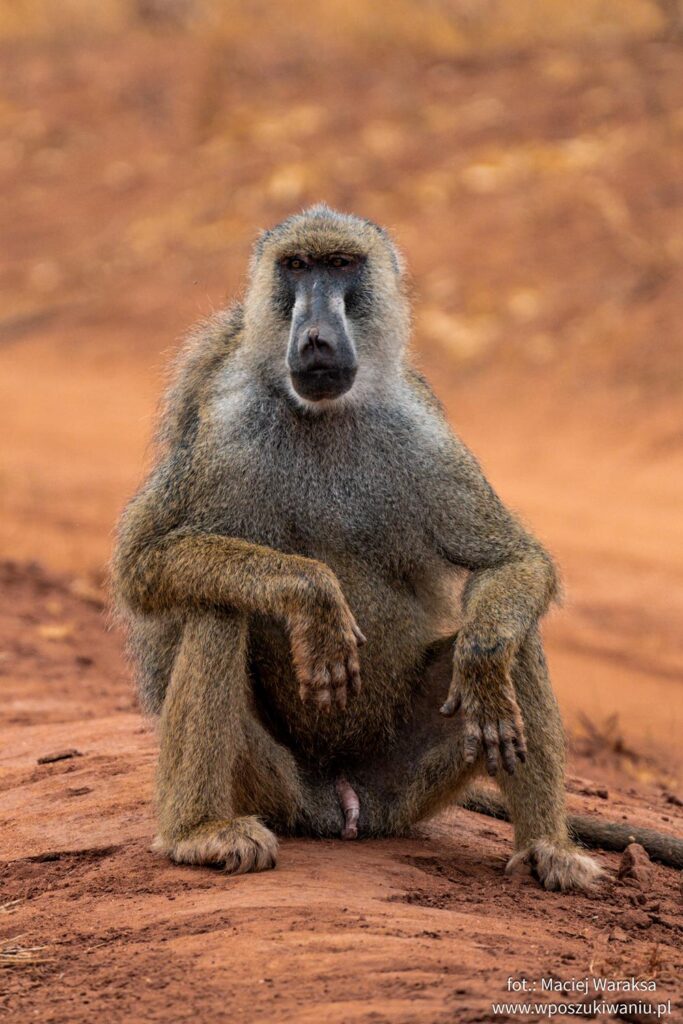
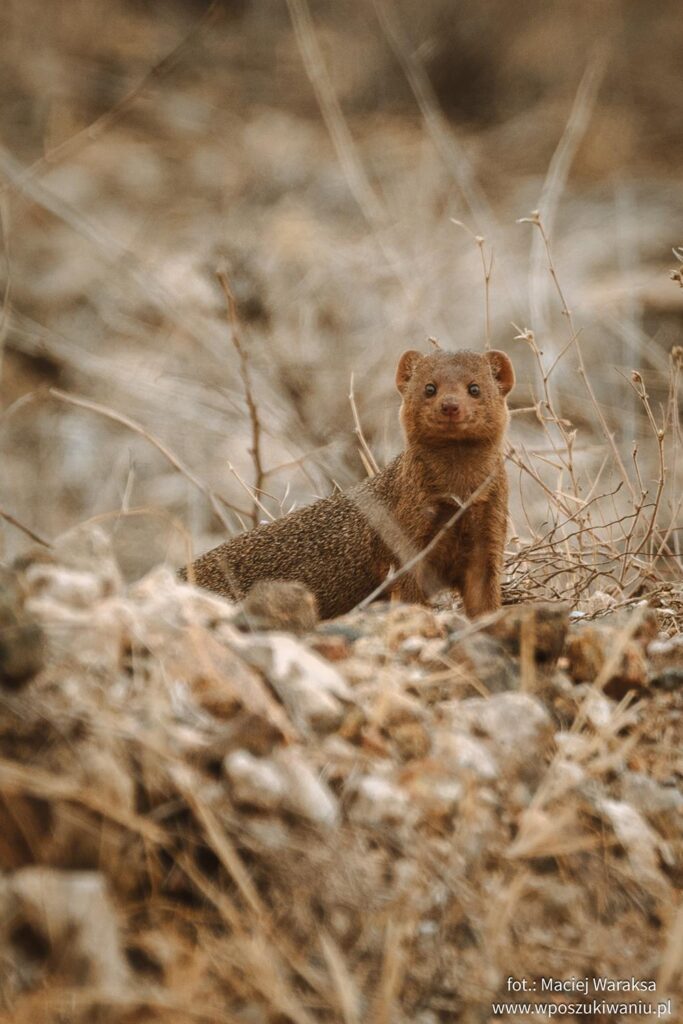
Birds in Tsavo West
Tsavo West offers excellent conditions for bird watching. This national park is home to many bird species, including eagles, falcons, kestrels, vultures, hornbills, and many others. It’s a true paradise for ornithology enthusiasts. You’ll find weavers, quails, kingfishers, rollers, and various types of starlings aplenty… It’s beautiful and colorful.
Additionally, hornbills like the white-cheeked, black-winged, and yellow-billed are seen at every turn.
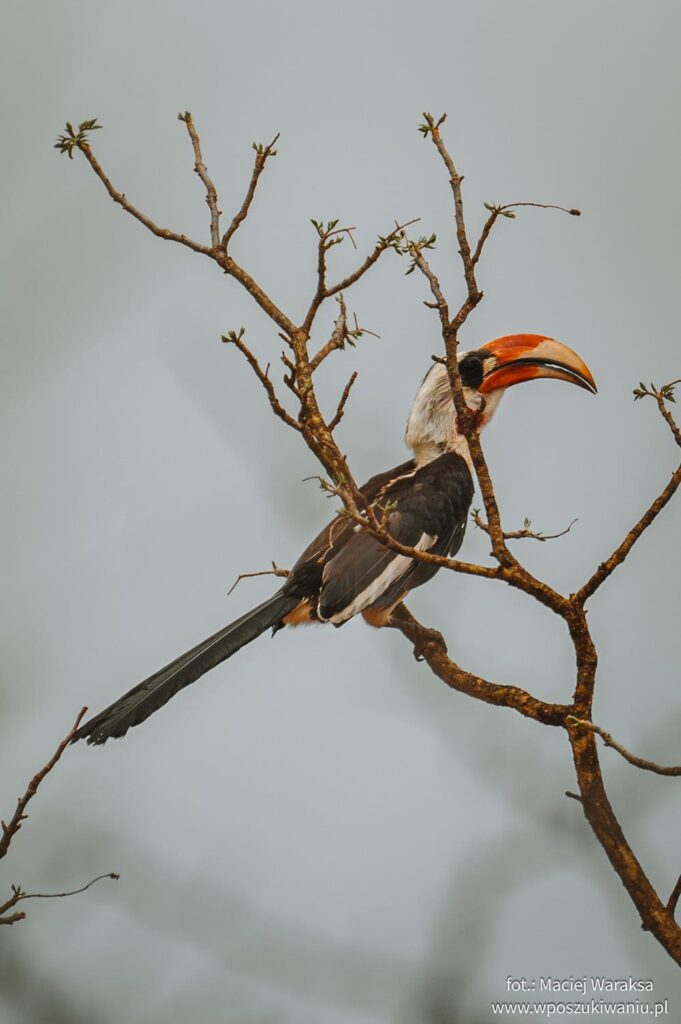
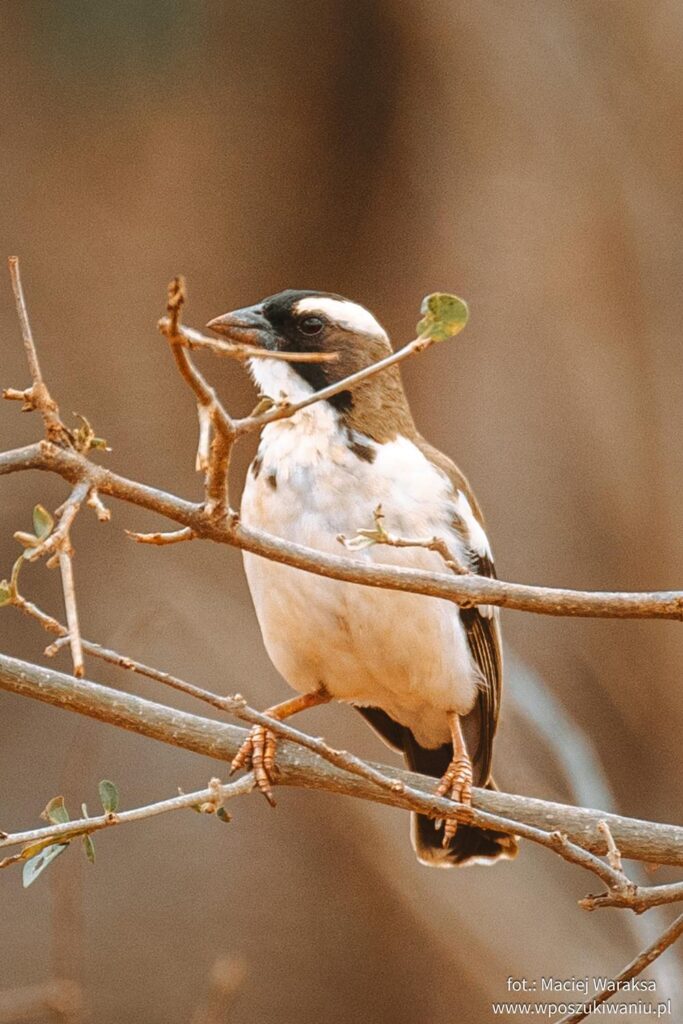
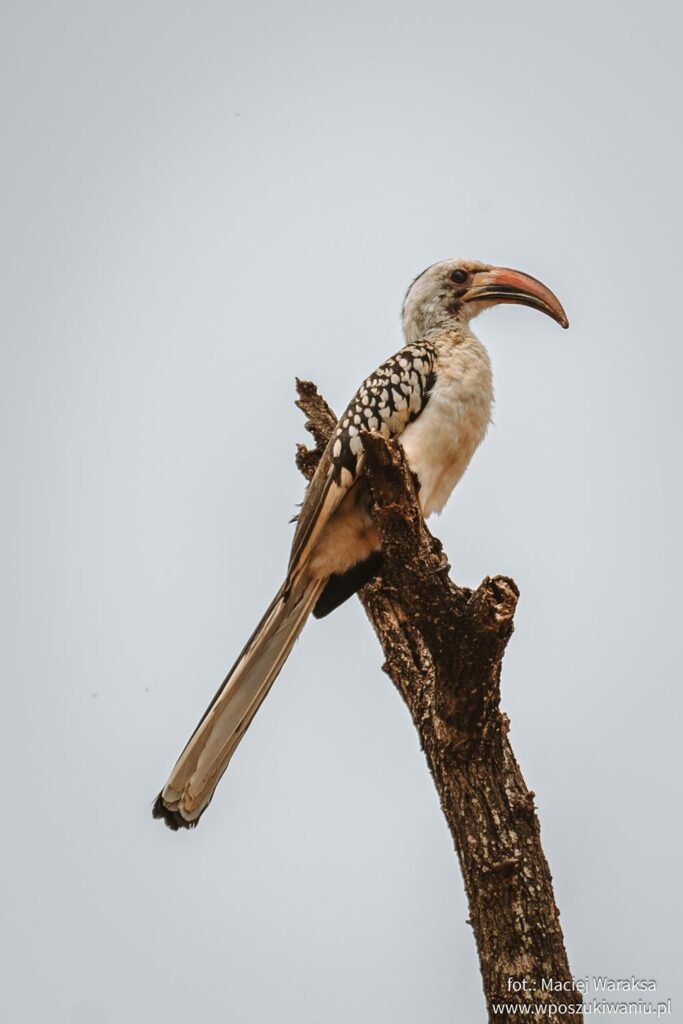
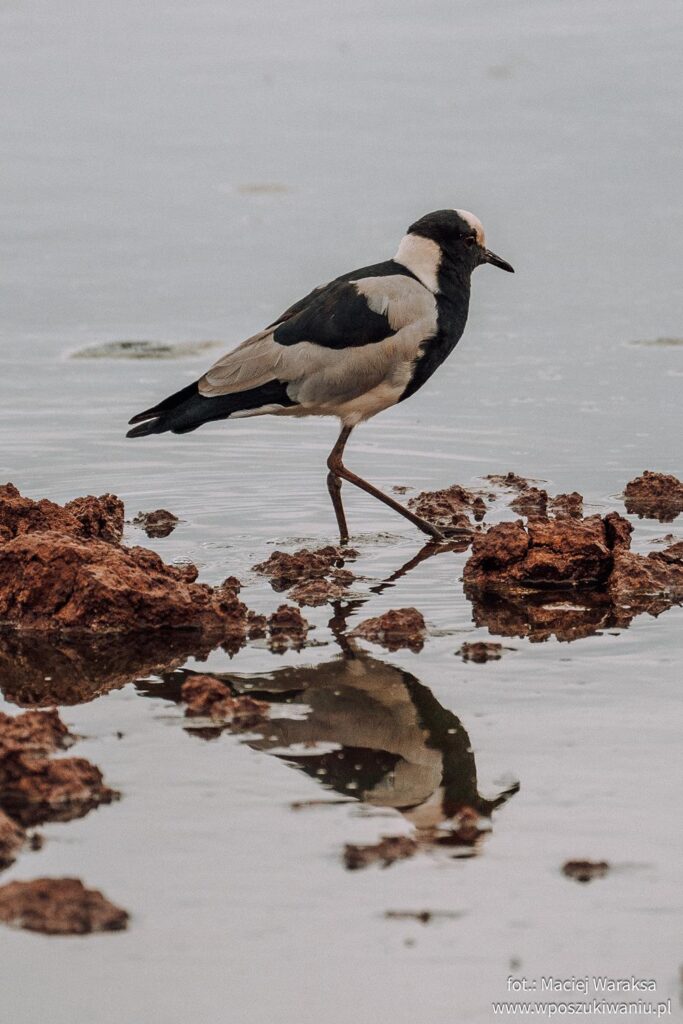
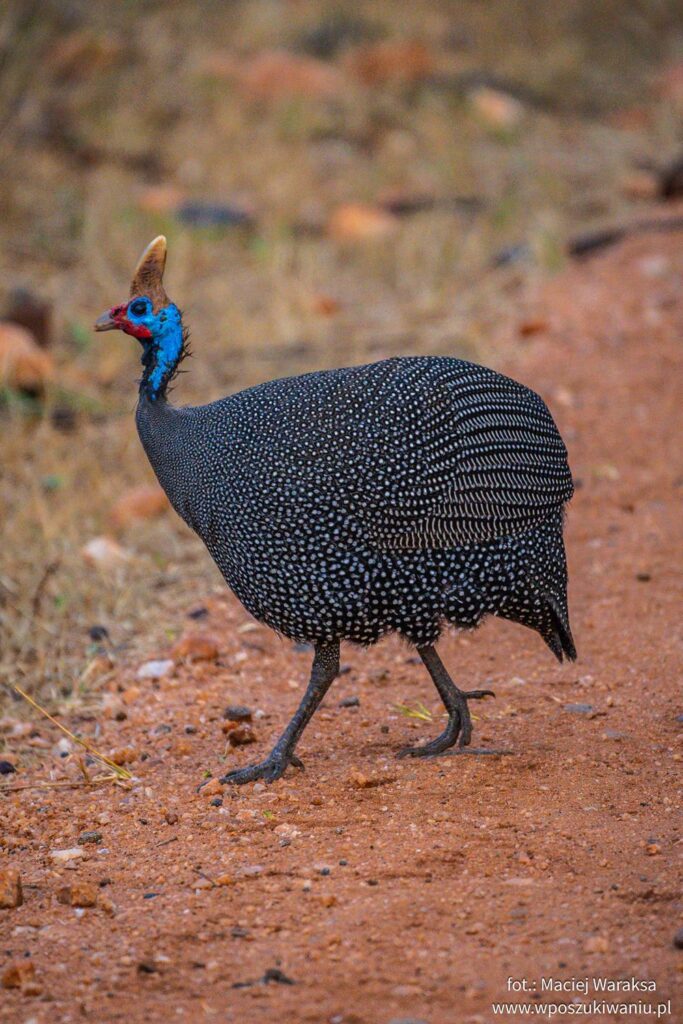
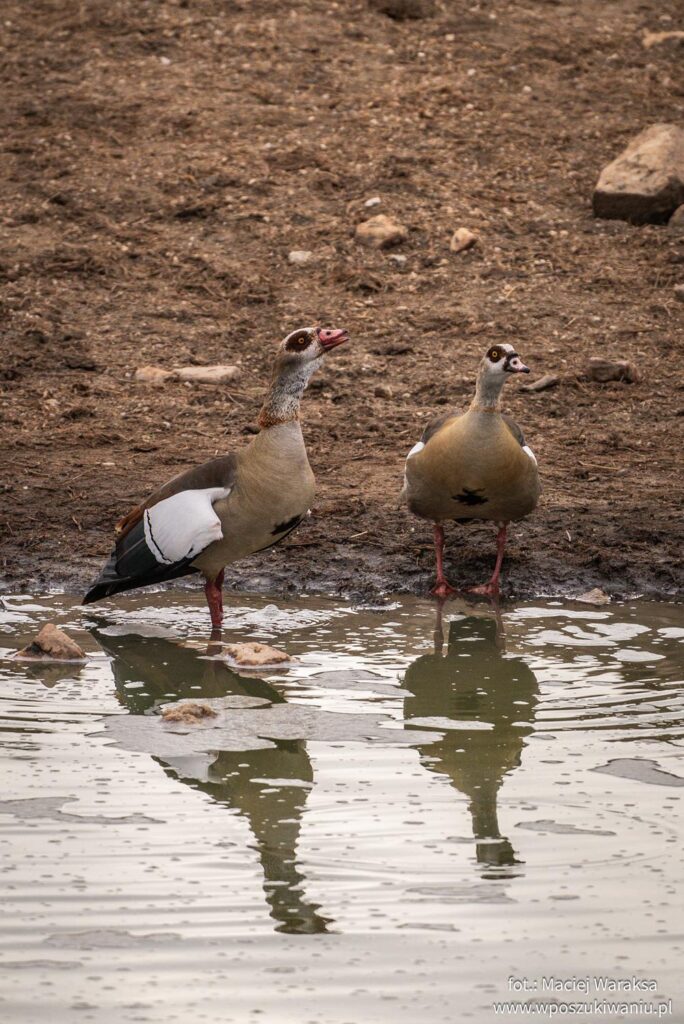
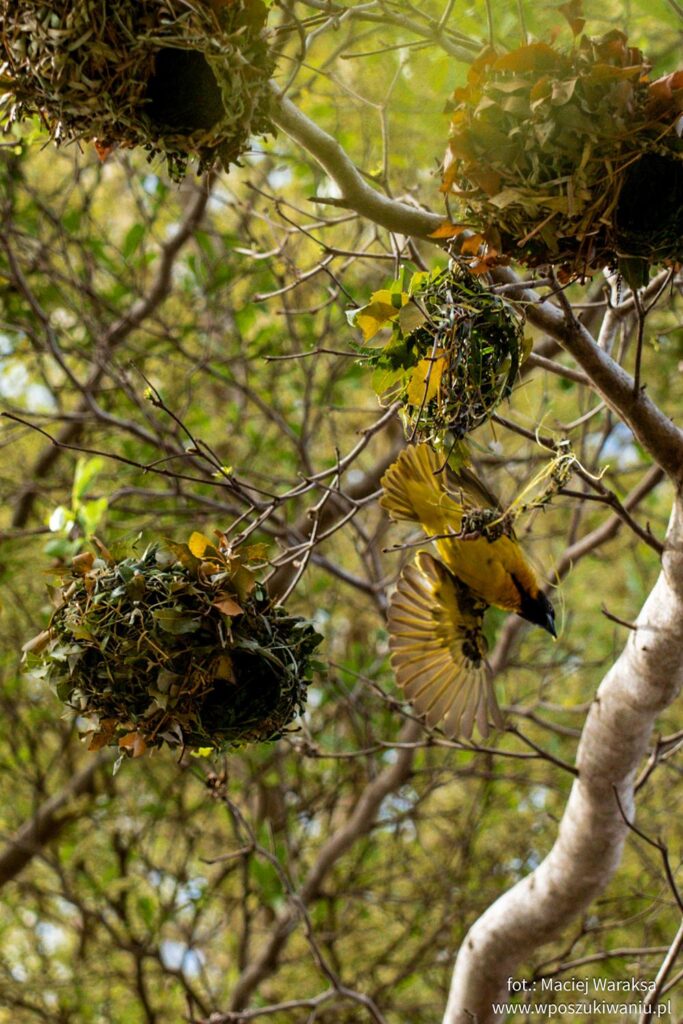
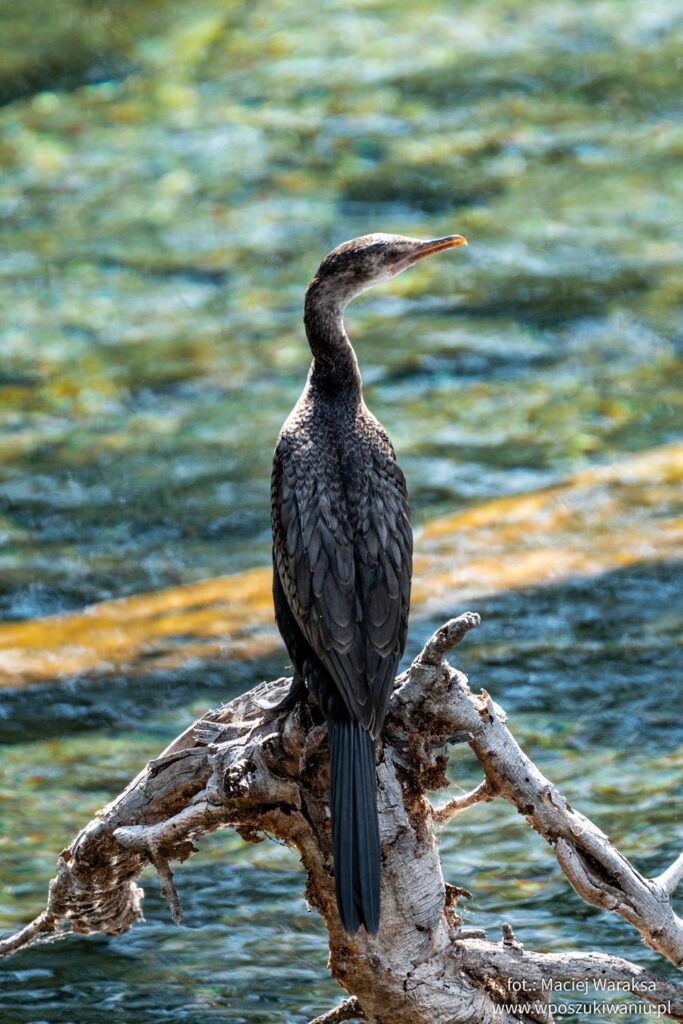
The Man-eaters of Tsavo
Towards the end of the 19th century, the British began building a railway line that passed through this area. The construction of this railway line became infamous for tragic events. More specifically, during the construction of a bridge across the Tsavo River, a series of killings of construction workers occurred. To be more precise, two maneless lions became nighttime predators, hunting and killing at least 28 Indian and African workers. Some sources even report much higher casualty numbers, reaching up to 135 individuals. The lions were eventually shot by the bridge construction supervisor, Lieutenant Colonel John Henry Patterson. Their skins and skulls are now displayed at the Field Museum of Natural History in Chicago.
Mzima Springs
Mzima Springs are extraordinary springs hidden within Tsavo West National Park. They are located in the western part of the park. What makes Mzima Springs so unique is primarily their origin. The water that flows there undergoes an incredibly long journey. It’s hard to imagine how long ?. The water’s journey begins beneath the volcanic Chyulu Hills in the north. The volcanic rocks there create a practically impermeable barrier. Rainwater must therefore penetrate these rocks, spending up to 25 years underground before finally emerging as a source 50 kilometers away. This natural filtration process gives the water incredible purity. Mzima is, of course, home to many animals. Hippos and Nile crocodiles have found refuge here. You can also admire colorful fish by descending onto a special underwater platform. Moreover, Mzima Springs became famous through nature documentaries.
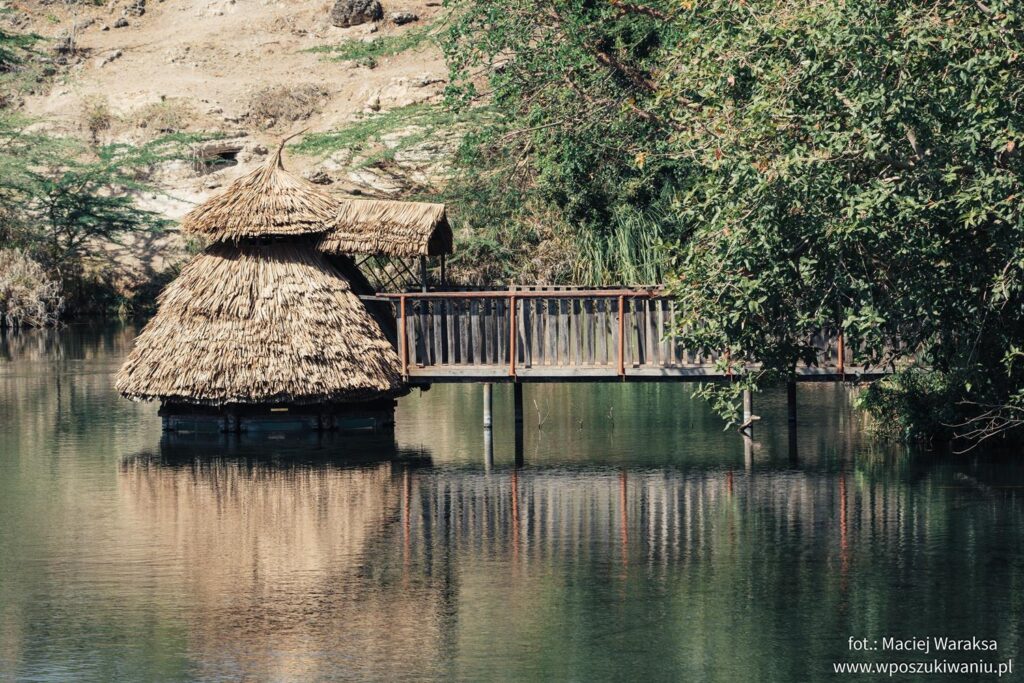
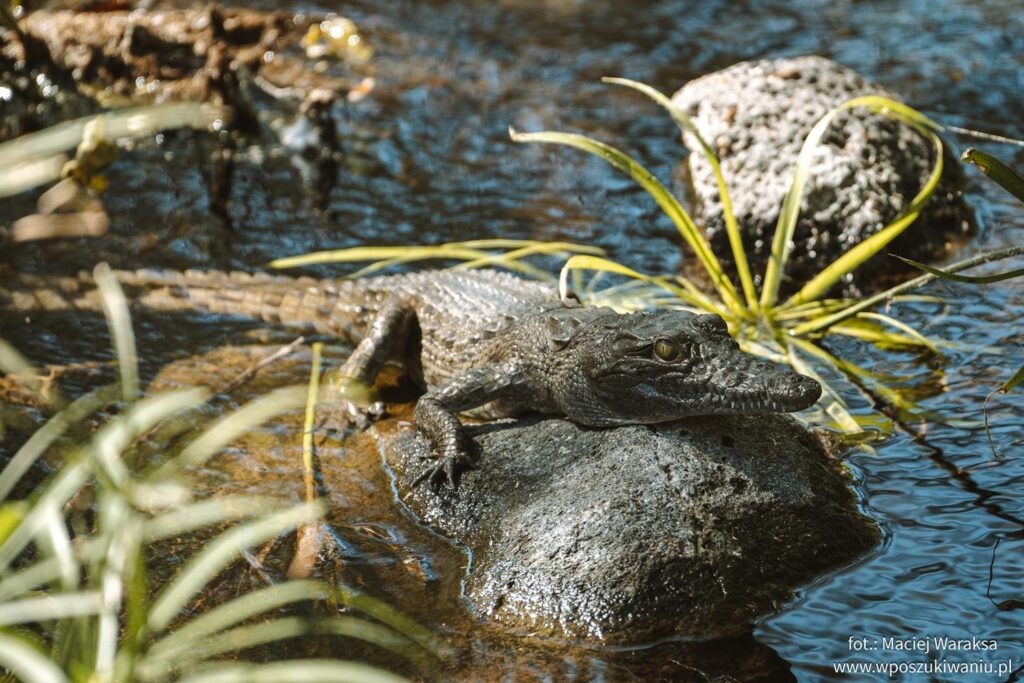
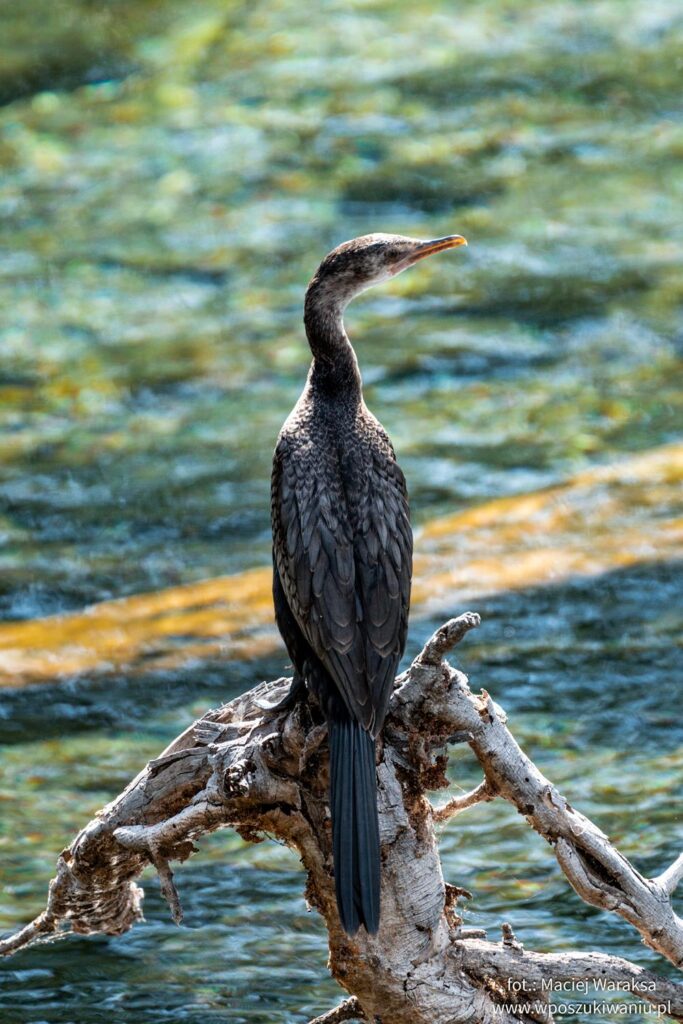
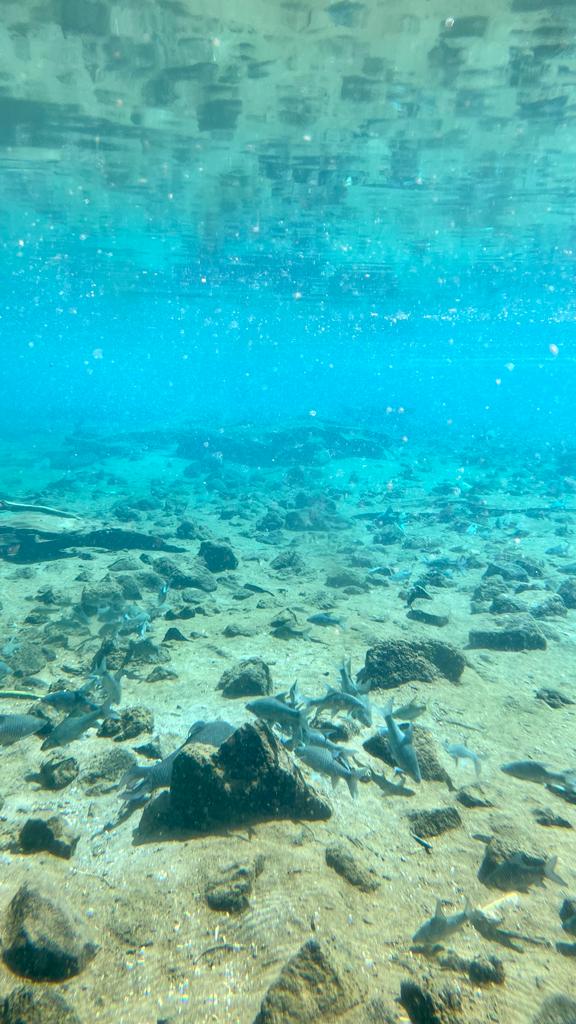
Shetani Lava Flow
The eruption of Shetani Lava is one of the main attractions of Tsavo West National Park. When the local population saw the flowing lava, they believed it to be the work of the devil himself. Hence the name, “Shetani” means “devil, satan.” This area of black lava covers an area of about 50 km2 and is a unique attraction not only in Tsavo West National Park but also in all of Kenya. Shetani Lava is located about 4 km west of Chyulu Gate. Interestingly, this eruption occurred only a few hundred years ago. Therefore, it’s best not to walk on the lava, as it can sometimes collapse.
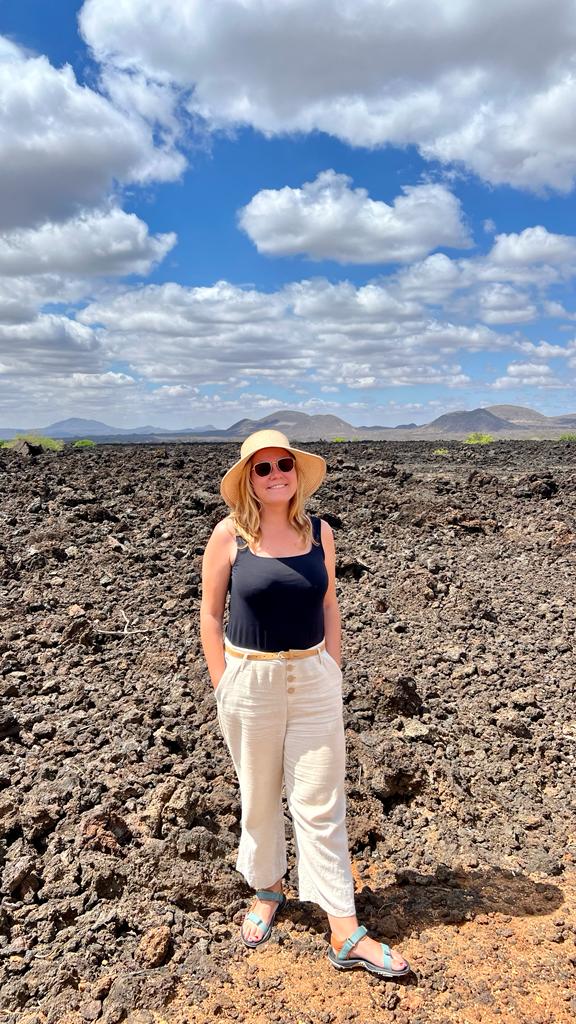
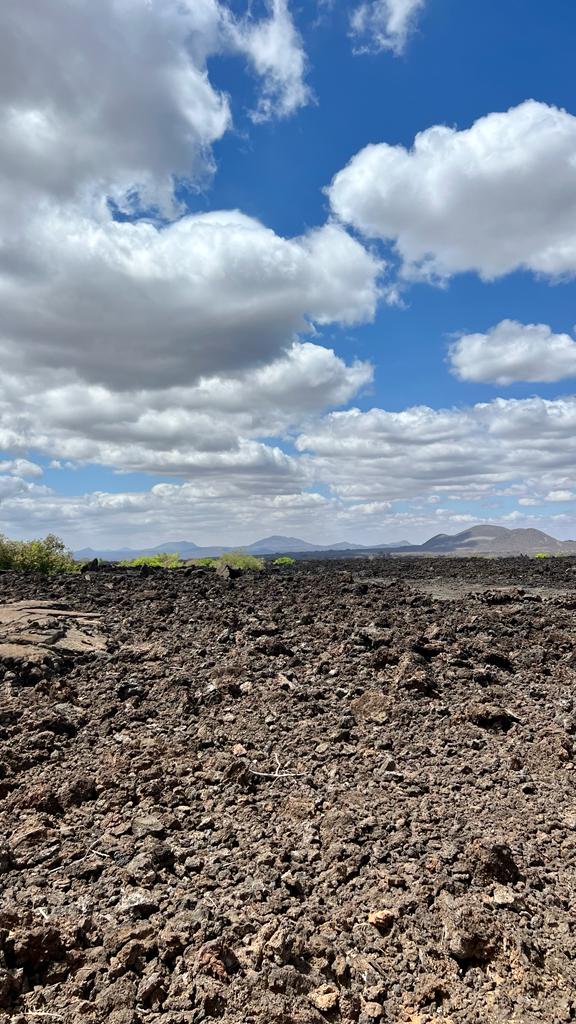
Accommodation in the park
Staying overnight in Tsavo West National Park is a unique experience that allows you to combine close contact with wildlife with comfortable accommodation. Several accommodation options in the park cater to different preferences and budgets. I stayed at NGULIA SAFARI LODGE KWAHERI, but it can be challenging to find accommodation there online. However, you can book other places over the Internet, including within the national park.
We can admire such animals at Ngulia Safari Lodge:
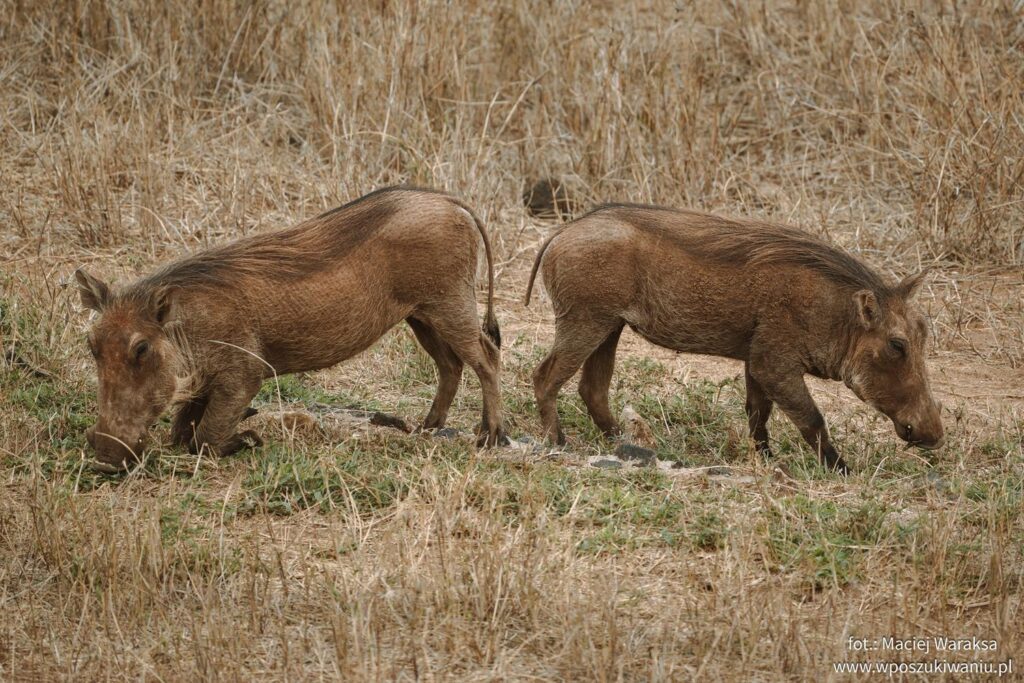
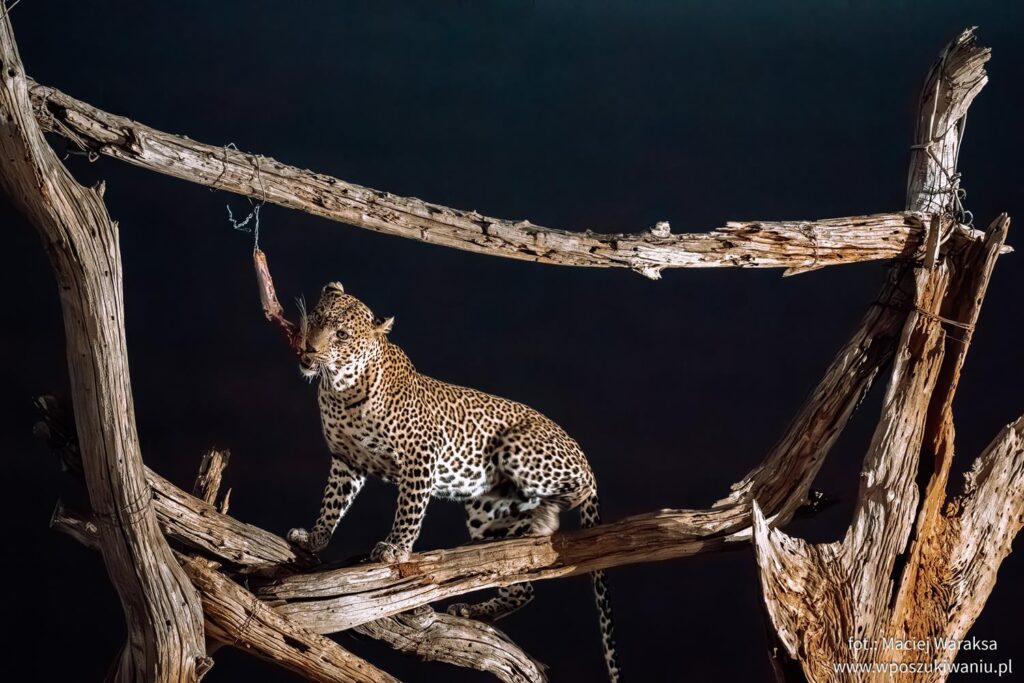
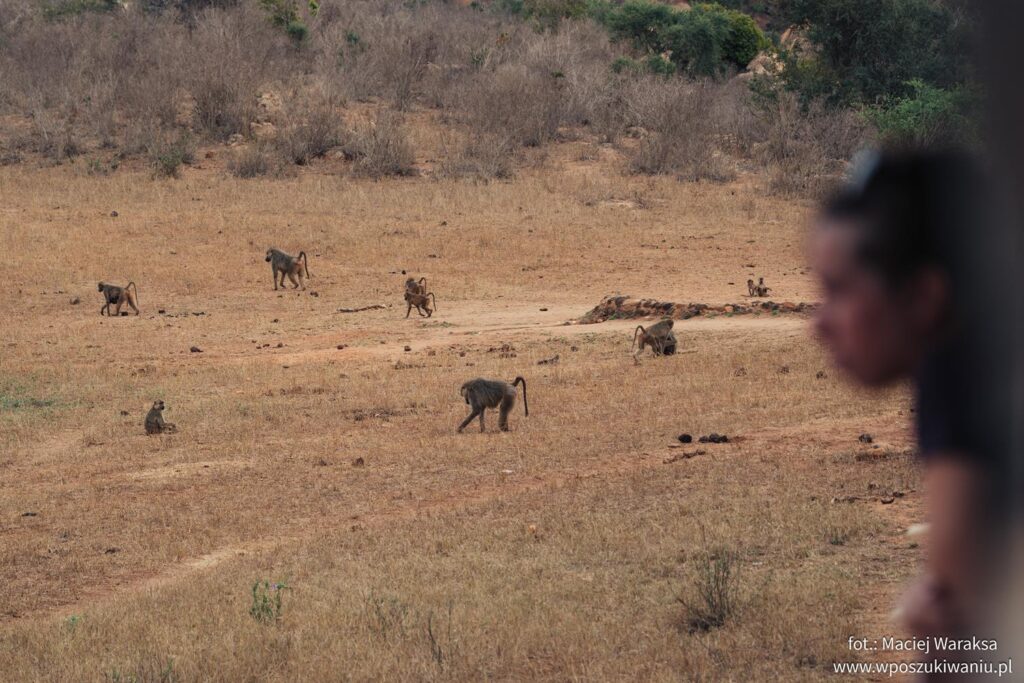
Rock climbing in the national park
Another thing that attracts people to Tsavo West is rock climbing. This place is unique for climbers because you can observe elephants moving across the plains below the cliffs, as well as birds of prey soaring above the rocks, including eagles, vultures, and falcons. An additional attraction is the often visible Mount Kilimanjaro on clear days. It’s worth noting that obtaining permission from the Mountain Club of Kenya (MCK) for climbing and camping in this region is a unique privilege. Climbers who wish to visit this area should first contact the Mountain Club of Kenya (MCK).
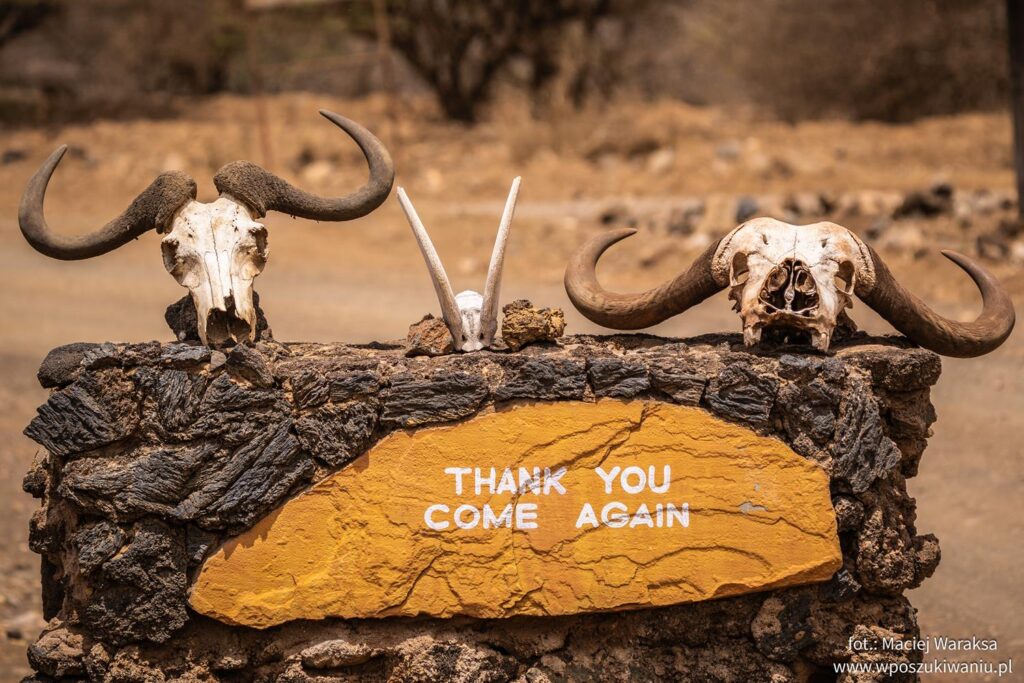
Tsavo West – Why Visit?
Tsavo West is a place where you can see elephants, rhinos, hippos, lions, leopards, and many other wild animals in their natural habitat. It’s a true paradise for nature photography enthusiasts. Additionally, the landscape is truly diverse: on one side, you have hilly landscapes, on the other, rocky cliffs and rivers, as well as vast savannas. Moreover, Tsavo West has many interesting places to visit, such as Mzima Springs or Shetani Lava, which add an extra dimension to your journey. It’s worth coming here and discovering the boundless beauty of Kenya.
You can read more about Kenya here:
Safari in Kenya – What You Need to Know?
Best Things To Do in Mombasa, Kenya
The Akamba Tribe’s Manufactory – An Unusual Place in Mombasa